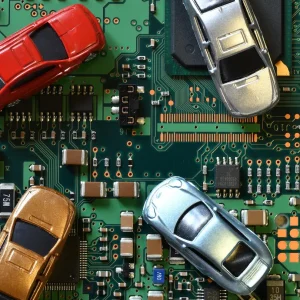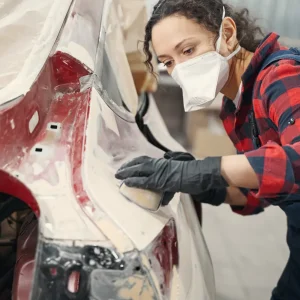Bump up the mileage rates and you’ll enlist the vast majority of business drivers in the campaign to reduce CO2
If the Government really wanted business drivers to use less fuel, they’d incentivise them to do so. I’m not talking about CO2-based BIK or fuel tax, because that makes not a jot of difference to personal driving style. In fact, it could make it worse. Saddle someone with a small-cc car and the subsequent ragging of the engine produces far worse economy.
No, what I’m talking about is the little discussed environment advantage inherent in the Advisory Mileage Allowance Payments (AMAP) and fuel rates. Anyone who’s even taken a ride in an employee-owned car will know exactly what I’m talking about. The difference between placing eggshells under the accelerator and hoofing it off the lights every time is the difference between making money and not.
Or it used to be before the price of fuel rocketed. Now the Government is in danger of doing exactly what they feared AMAP rates were doing anyway and encouraging people to use more fuel. Only instead of going out and buying less fuel-efficient private cars, they’re jumping over to the BIK CO2 fuel tax system and keeping the right foot firmly down. There’s no incentive to change their driving style and I don’t blame them.
Companies like ours and fleet managers like me haven’t the time and reporting systems in place to incentivise drivers to use less fuel. Only if they’re being paid mileage rates can drivers be persuaded to ease back and drive more economically. Stands to reason. If you’re able to chisel a little bit out of the system to stick in your own back pocket, then you’ve got the perfect reason to do all those things they tell you in economy driving classes.
There are rumours that the Government will be putting AMAP rates up in the next budget, and I applaud the sentiment. But the AMAP and advisory fuel rates have to be raised significantly to be able to reward careful drivers, otherwise with fuel prices the way they are drivers are claiming back enough only to cover fuel costs, let alone make any top.
The worst case scenario is that drivers are out-of-pocket on fuel and motoring expenses, which is why we’ve seen the recent NHS rises above the Government recommendations.
The beauty of tax-free reimbursement to drivers who submit their own mileage records is the precise link between fuel used and money paid. Because the majority will be driving to make a little bit extra back, the fuel bills and CO2 emissions automatically go down. No matter whether they’re driving Mercs or Minis. If the Government was worried about a surge of people choosing bigger cars on Employee Car Ownership schemes, then just skew the payments to better reward smaller engined cars. Simple.
I’ve long held the belief that driver input has a far greater effect on economy than fuel choice or whiz-bang eco-tech. Persuading drivers to come off the throttle is the best way to reduce emissions, and the best way do that is to ‘pay’ them to do so via increased AMAP and mileage rates. Now that’s a fuel protest I’d back.





